Raglan Castle: How the last great medieval castle in Britain became a Renaissance palace — and a Civil War ruin
We look at the remarkable story of Raglan Castle, near Abergavenny, by delving into the Country Life archive.
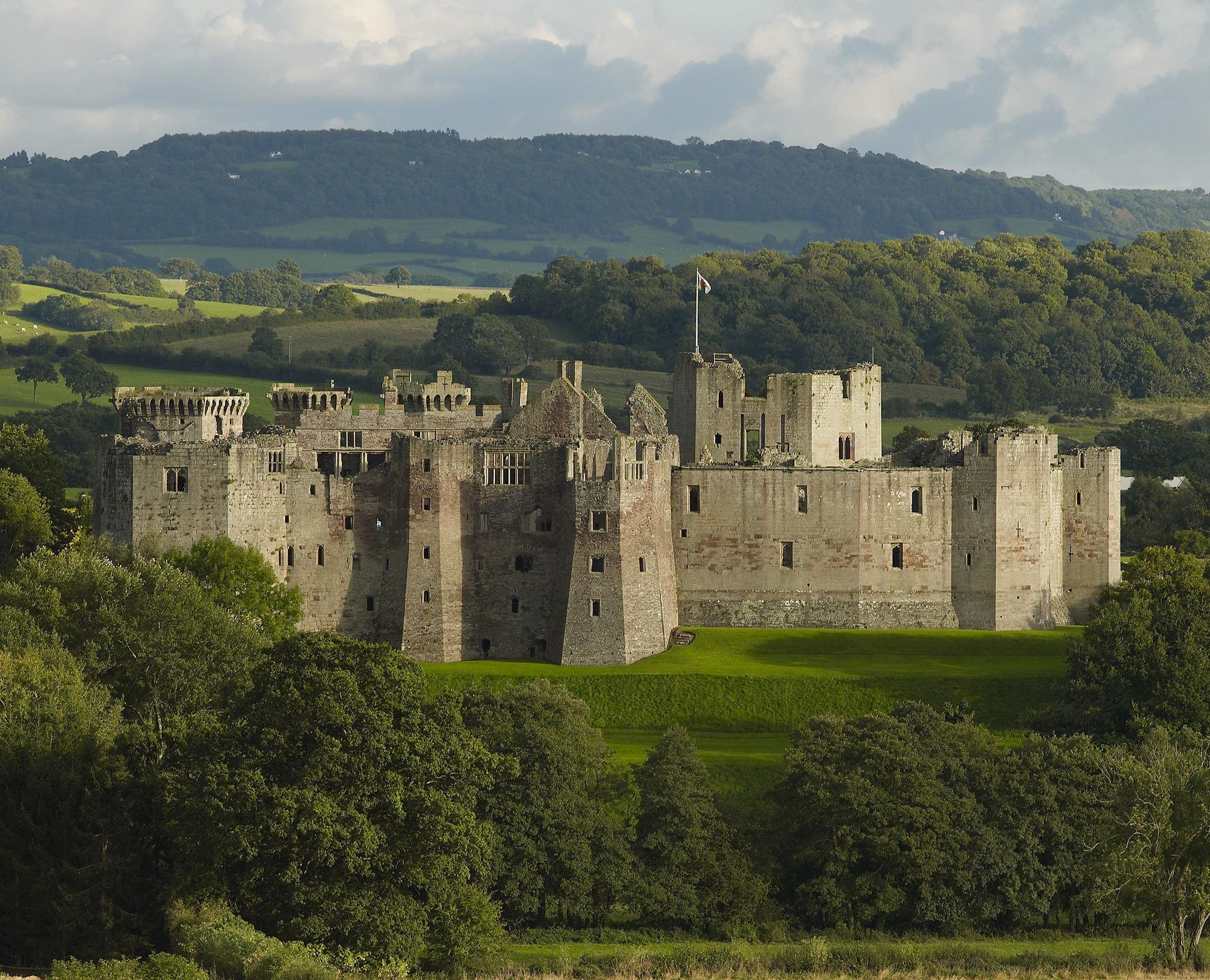
Every Tuesday, we look back through the archives of Country Life to find interesting tales and pictures to share. Today we look at Raglan Castle in the Brecon Beacons.
‘For a brief time at the turn of the 16th century, Wales led Britain as landfall of the European renaissance. Supreme was Raglan,’ wrote Simon Jenkins in Country Life in 2010.
This superb late medieval castle just outside Abergavenny owes its existence to Sir William ap Thomas, the ‘Blue Knight of Gwent’, who began the building work after buying the estate in 1432. His taste in architecture was clearly as flamboyant as the armour from which he won his nickname. ‘It was designed to impress as much as to intimidate,’ as the Cadw website describes this place.
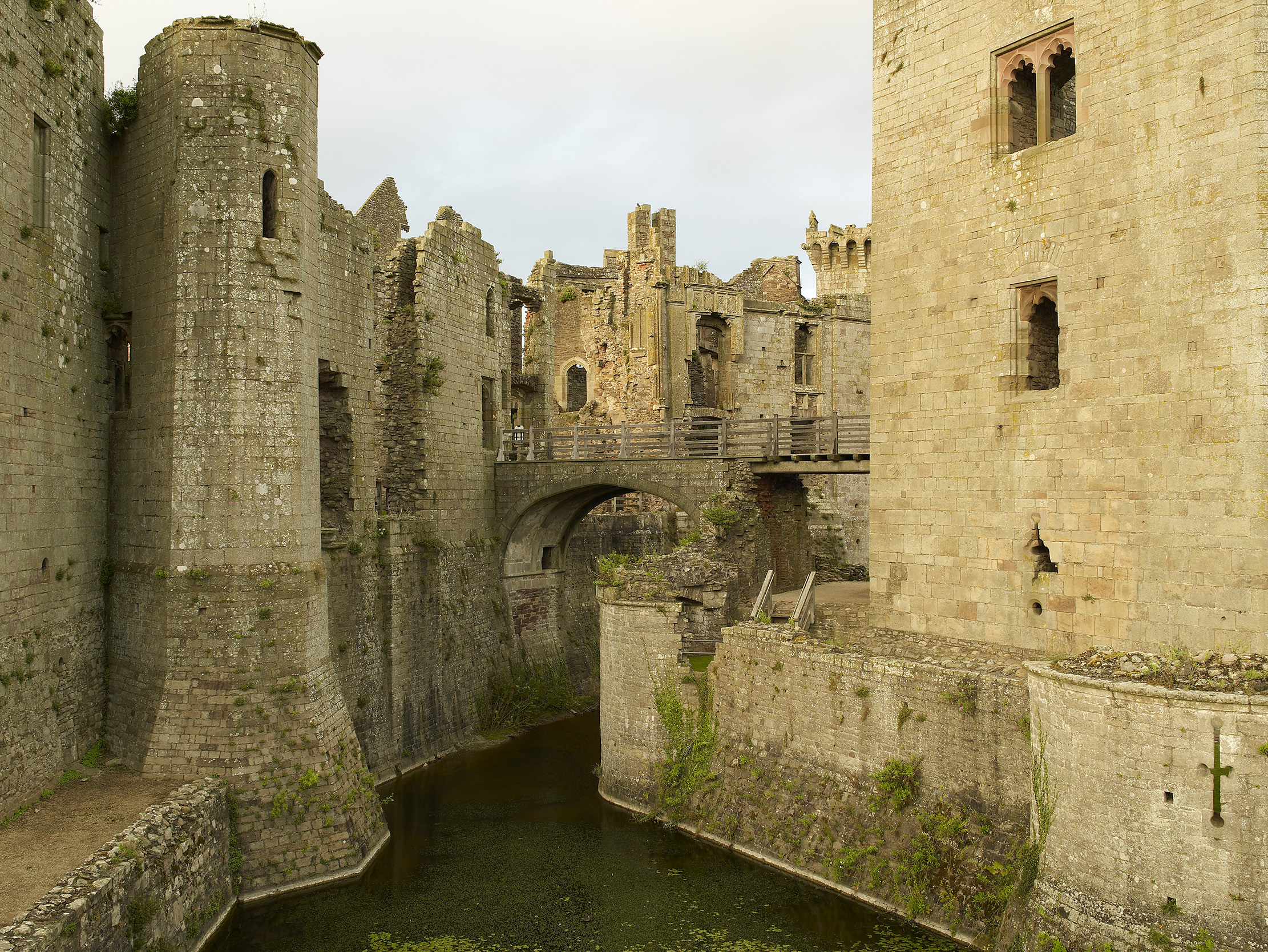
Among the charms of the place is the hexagonal Great Tower — also called the Twr Melyn Gwent — which rises five storeys from a separate moat, and the machicolations. But it was probably built more with the intention of striking fear than anything else: Raglan was a military building, but was built 150 years after the heyday of Welsh castle building.
‘One of the last great medieval castles, Raglan was built by Sir William ap Thomas and his son Sir William Herbert, Earl of Pembroke, in the 15th century and stood as a largely military building for a century,’ wrote Richard Haslam in Country Life in 1989.
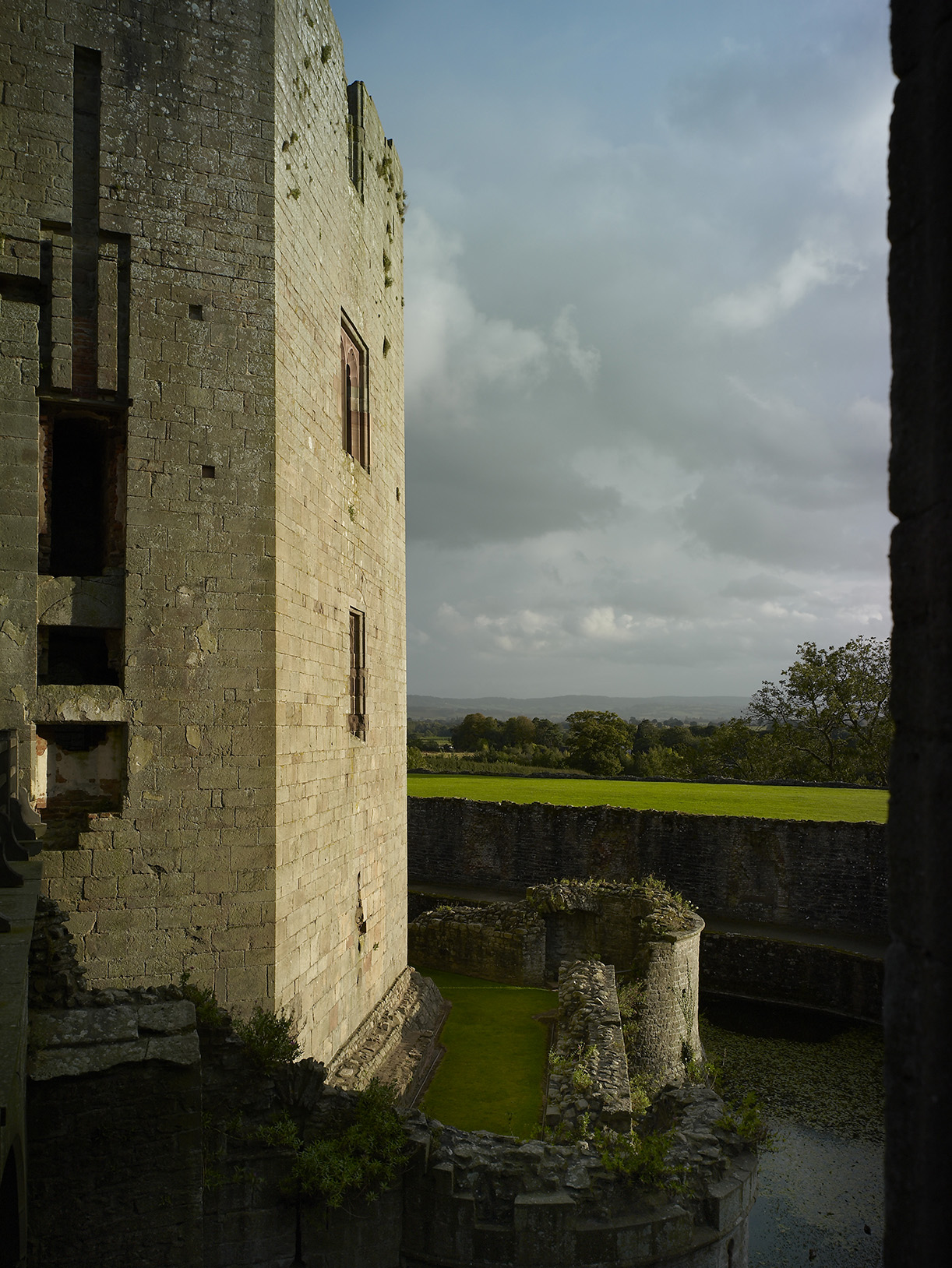
The Somerset family acquired Raglan — and several other castles, including Chepstow — through the marriage in 1490 of Elizabeth Herbert, granddaughter of William ap Thomas, to Charles, later 1st Earl of Worcester.
It was they who turned it into a plush palace, with a famed long hall, wonderful gardens, experimental architecture and lively atmosphere, as Haslam adds:
Exquisite houses, the beauty of Nature, and how to get the most from your life, straight to your inbox.
Its setting had become a typically Renaissance combination of history, science and art: the "deep mote 30 foot broad, wherein was placed a rare artificial water work, which spouted up water to ye height of ye castle" (this is an eye-witness account of one of the [early 17th century] hydraulic inventions of the Marquess [of Worcester]'s son Edward, Earl of Glamorgan); and "next unto it was a pleasant walk set forth with several figures of the Roman Emperors in arches of divers varieties of shell work". This walk still curls round the south of the moat (Fig 6), and the 14 brick niches for the statues remain in the retaining wall of the bowling green levelled on the redoubt above, each lined with shellwork of Italian character to suit their prestigious occupants.
The Civil War changed all that. 200 years after its construction Raglan found military relevance. A lengthy siege — one of the longest of the war — ended with the defeat of the 800-strong garrison within.
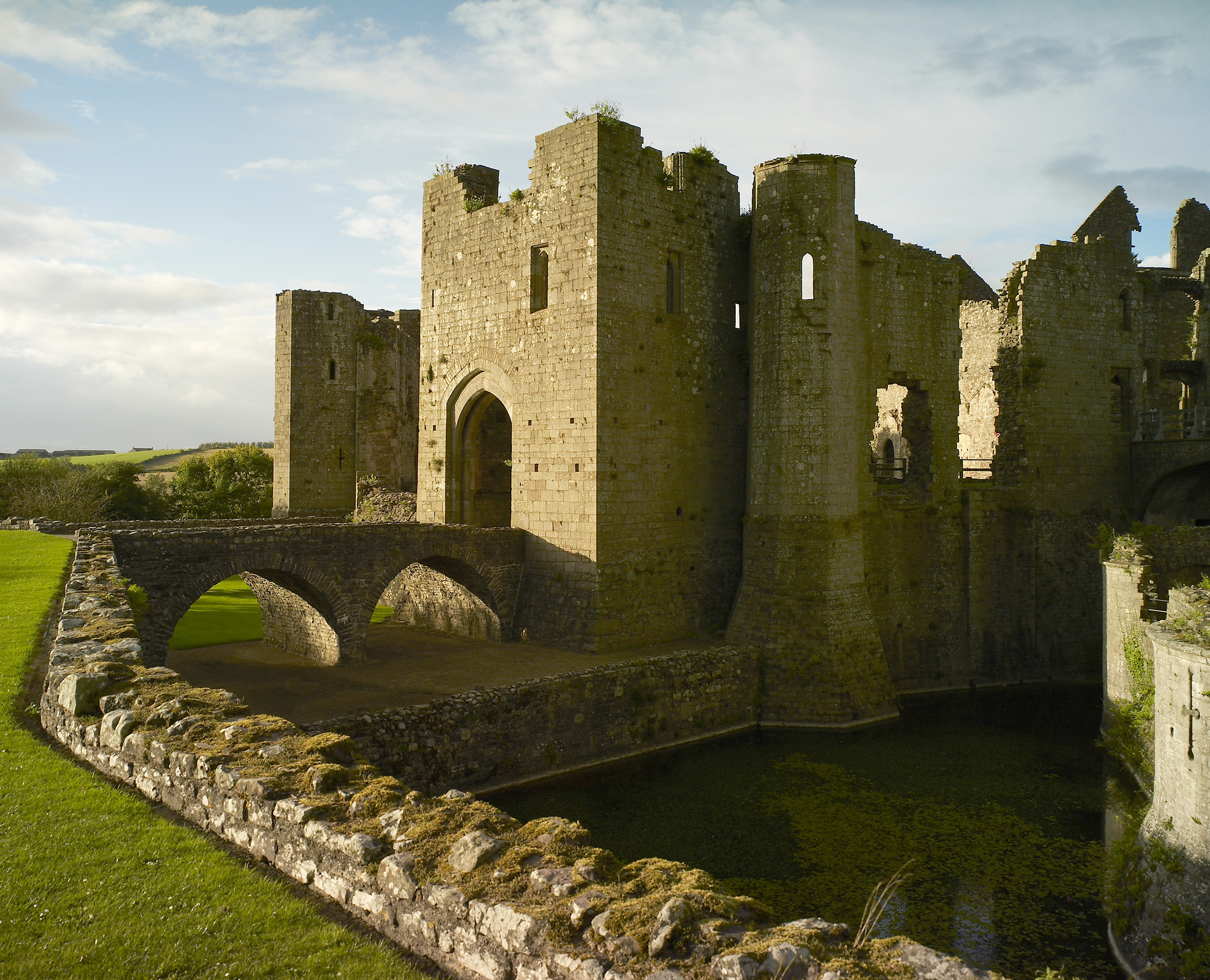
Parliamentary forces took over and deliberately ruined the castle, as this passage from Haslam’s 1989 piece details:
'Never was there a noble house so pulled down by prophecies, ushered into its ruin by predictions, and so lay 'd hold upon by figures and tokens." The last chaplain of Raglan Castle, Dr Thomas Bayly, who lived through the three-month siege in 1646 with the old Marquess of Worcester, and stayed with him till his death in London later that year, may be forgiven a passage which sounds like part of Sir Thomas Browne's contemporary melancholy work Urn Burial. He knew he had witnessed a turning point in history.
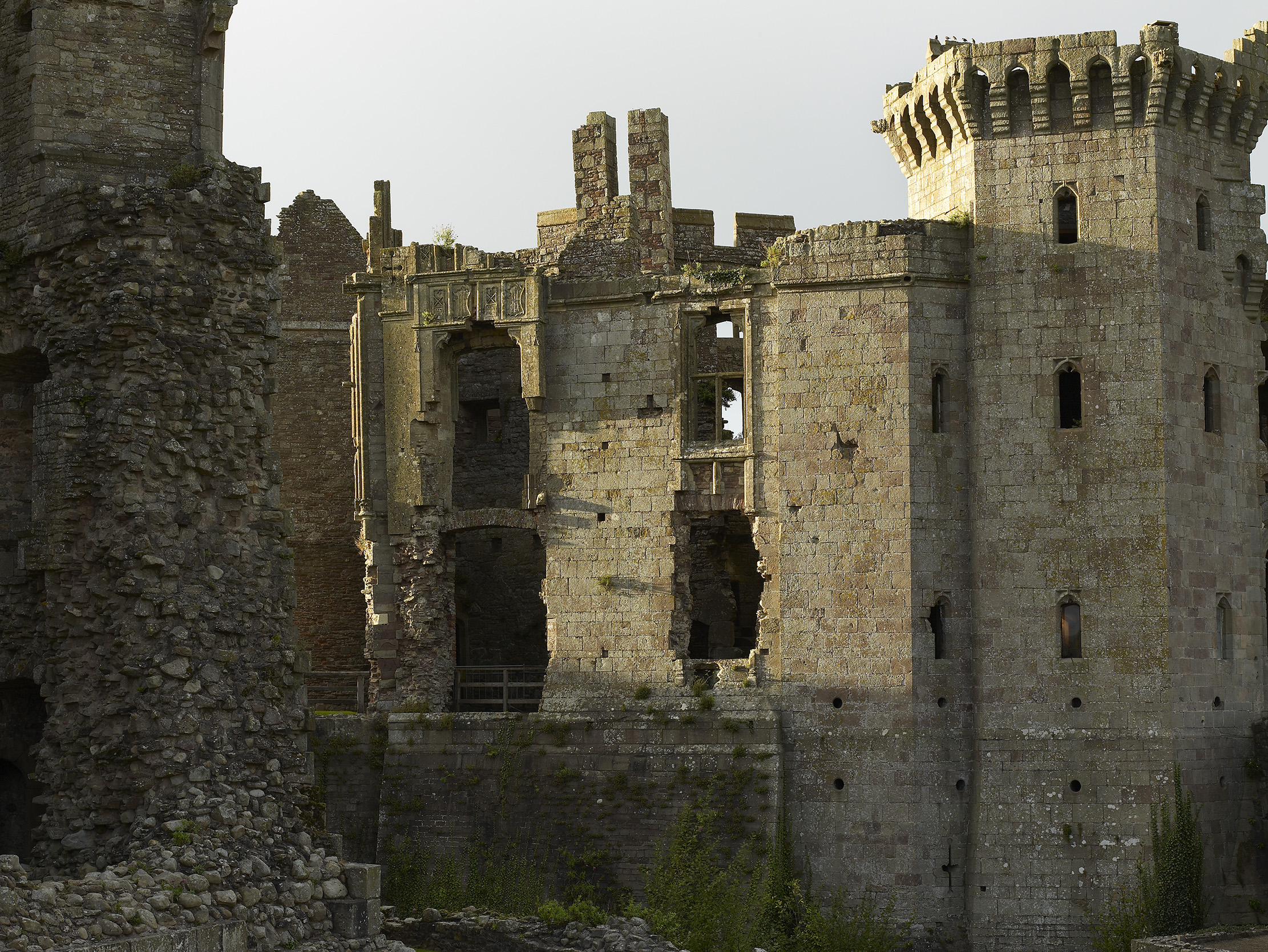
Raglan has been uninhabitable ever since, though like many similarly-romantic old fortresses it’s still cherished. ‘The glory of almost all these places is now that of the ruin, stabilised by the later fascination with the Picturesque,’ wrote Simon Jenkins.
It’s hard not to wonder if these ruins will ever find new roles within our landscape, or if they’ll share the fate of so many great achievements of the ancient world, and remain fixed for millennia in a state of destruction.
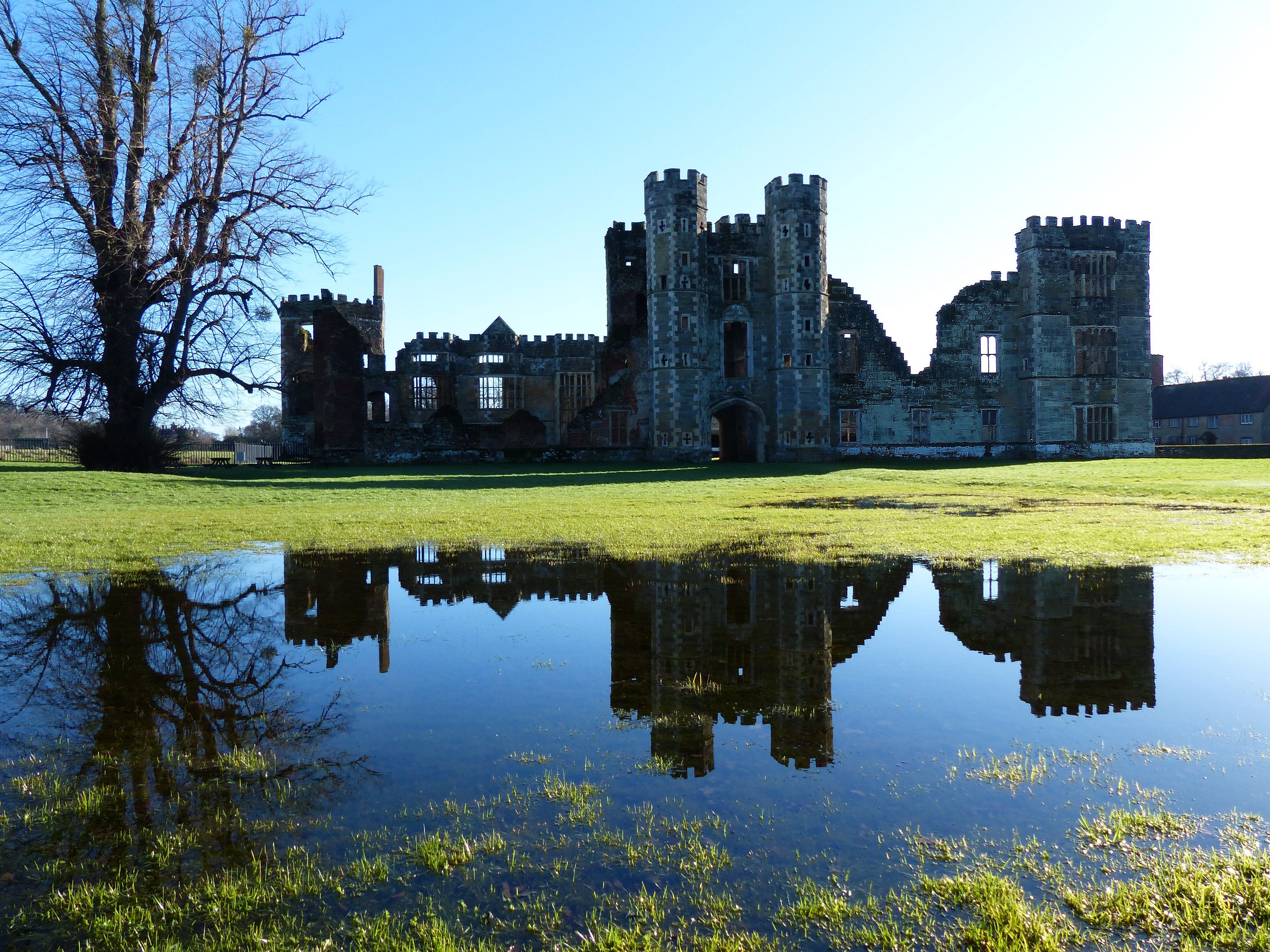
The tale of the fire that turned Cowdray's ancient castle to ruins, the treasure hunters who made it worse, and how what was left was saved
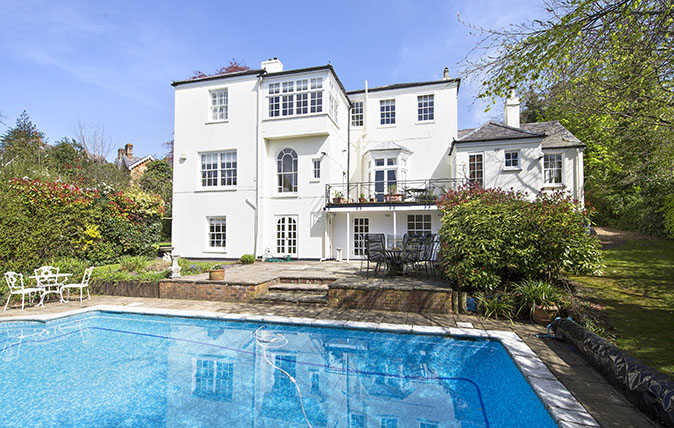
Credit: Knight Frank
The former gaol which became the finest, most historically significant private residence in Guildford
South Hall, a former goal-turned-governors-residence, provides the exciting opportunity to own and expand upon one of the most historically significant
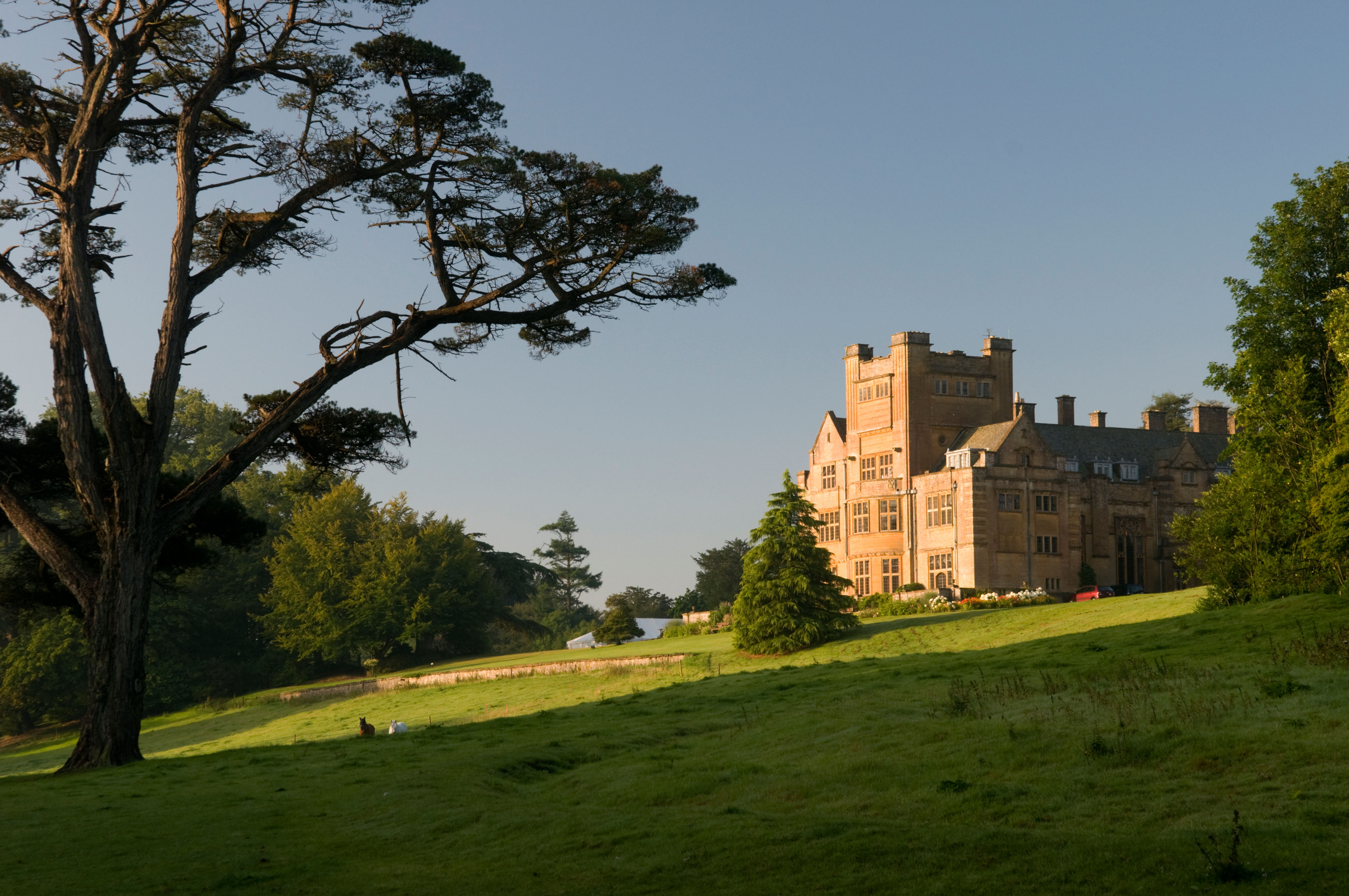
Minterne Magna: The early 20th century transformation spearheaded by a radical architect to who turned his hand to creating a cosy, beautiful home
We delve into the archives to enjoy the tale of the early-20th century rebuilding of Minterne Magna in Dorset.
Toby Keel is Country Life's Digital Director, and has been running the website and social media channels since 2016. A former sports journalist, he writes about property, cars, lifestyle, travel, nature.

